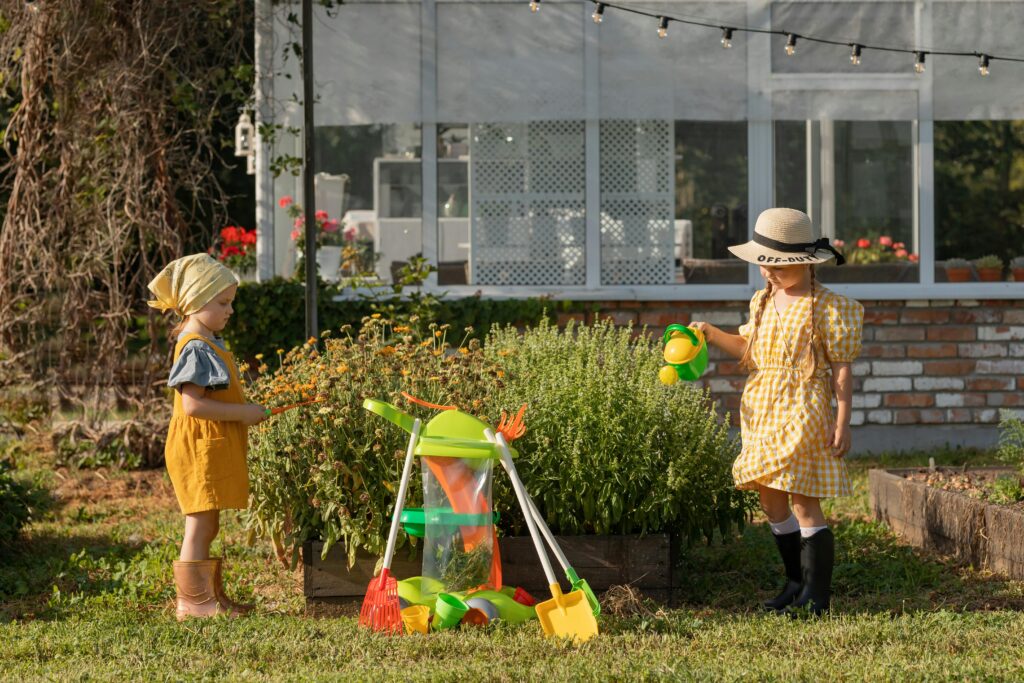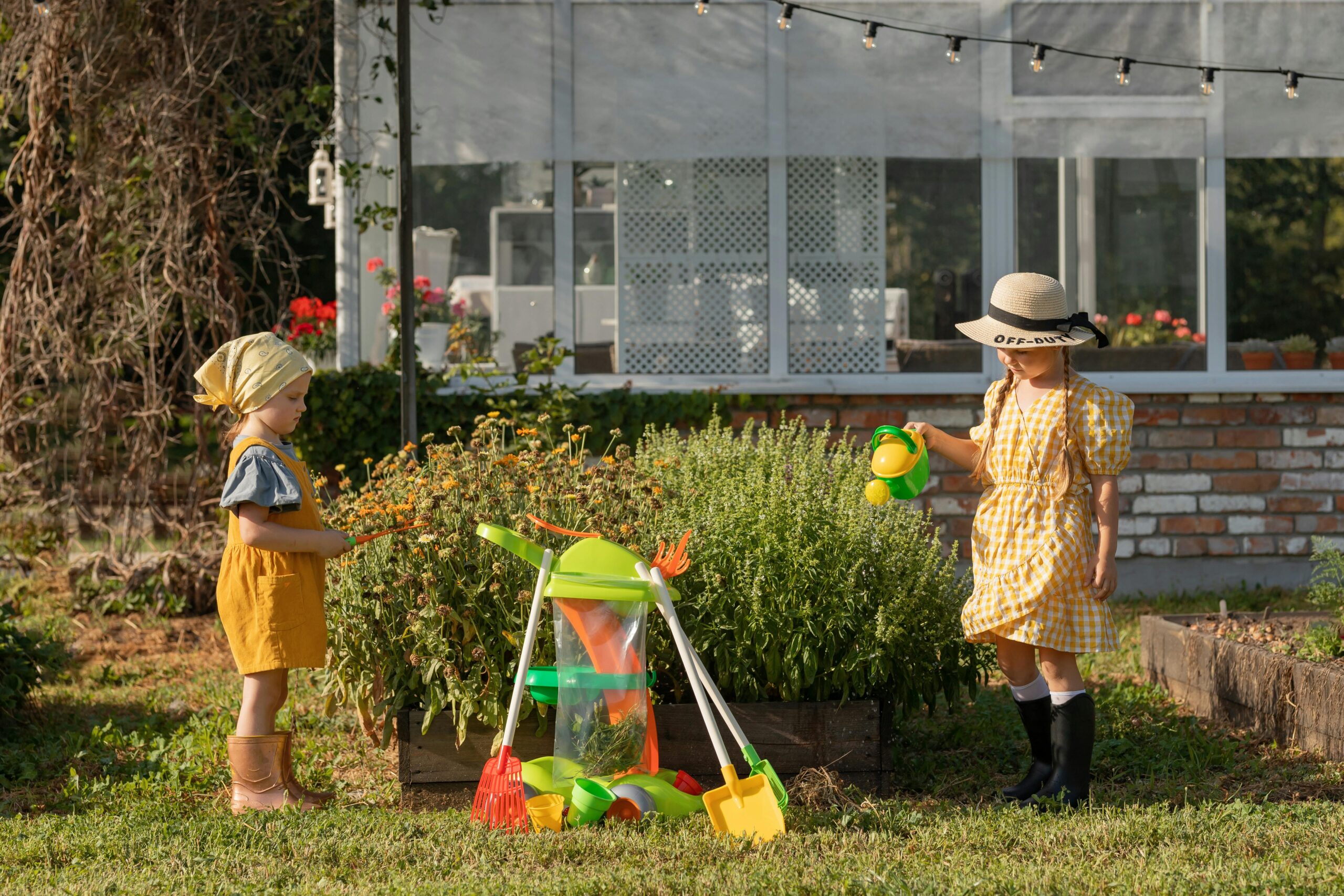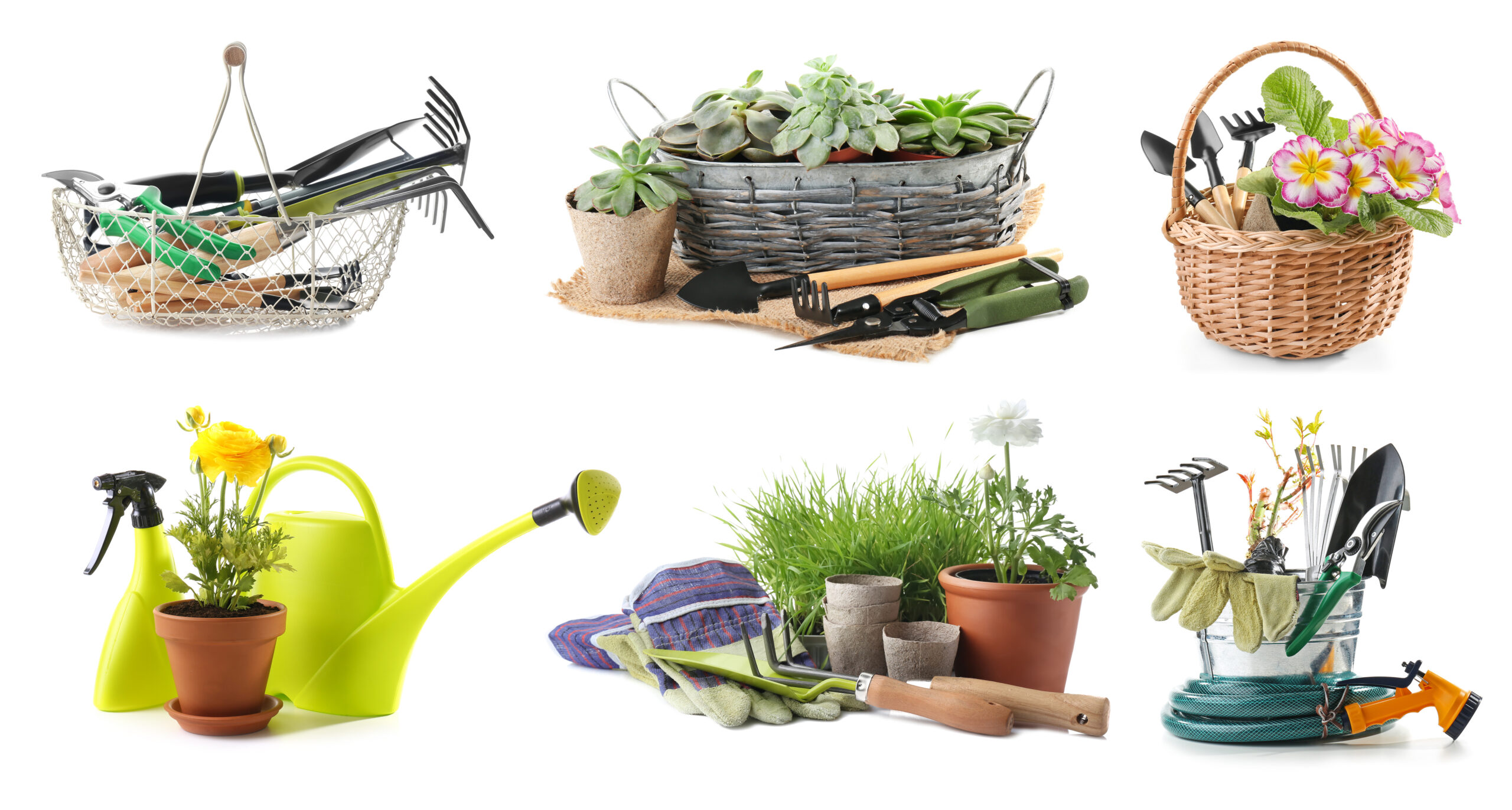
Introduction
Gardening is a rewarding activity that offers numerous benefits, from the simple joy of watching something grow to the practical advantage of having fresh vegetables just a few steps away from your kitchen. Whether cultivating vibrant flowers, nurturing hearty vegetables, or caring for indoor house plants, gardening can enhance your environment, improve your health, and bring a sense of accomplishment. This guide will give you the essentials to start and maintain a flourishing garden across three main areas: flowers, vegetables, and house plants.
Part 1: Growing Flowers
Choosing the Right Flowers
When starting a flower garden, one of your first decisions is whether to plant perennials or annuals. Perennials are plants that return year after year, expanding and maturing with each season. Once established, they tend to require less maintenance and can offer a reliable structure to your garden. On the other hand, Annuals complete their life cycle in one growing season, requiring replanting each year, but they often provide more vibrant, continuous blooms throughout the season.
Before planting, consider the light conditions in your garden. Some flowers thrive in full sun, others in partial shade, and some in full shade. Matching the flower species with the light conditions is crucial to ensure healthy growth. Additionally, think about color schemes. Do you prefer a calming palette of blues and whites or a vibrant array of reds, yellows, oranges?
Planting Tips
The best time to plant flowers depends on the specific type you’re dealing with. Generally, spring and fall are ideal for perennials, and after the last frost in spring, annuals are perfect. Soil preparation is critical: ensure your garden bed is tilled to a depth of at least 12 inches and enriched with compost to provide a fertile, well-draining environment.
Follow the spacing guidelines on the seed packet or plant tag when planting. Proper spacing prevents overcrowding and reduces competition for nutrients and light.
Maintenance
Regular maintenance is key to a thriving flower garden. Watering needs vary by species, but most flowers require watering once the top inch of soil feels dry. Fertilize flowers with a product appropriate for the specific types you are growing, typically once at the beginning of the season and periodically throughout their growth cycle.
Deadheading, or removing faded blooms, encourages plants to produce more flowers and prevents seed formation, which can sap energy from the plant. Regularly inspect for pests and diseases and apply organic or chemical treatments as necessary.
Seasonal Care
Each season requires specific care:
- Spring: Clean up plant debris to prevent diseases, apply mulch to stabilize temperature and moisture, and start seeds indoors for summer bloomers.
- Summer: Water regularly and sincerely, deadhead flowers to encourage new blooms, and monitor for pests.
- Fall: Plant spring-blooming bulbs, cut back dead foliage, and divide perennials.
- Winter: Protect plants from cold with mulch or burlap, review the past season, and plan for the next year.
Top Flower Picks
For beginners, consider easy-to-grow flowers like marigolds, sunflowers, and cosmos, which require minimal care but provide maximum impact.
Part 2: Cultivating Vegetables
Planning Your Vegetable Garden
Location is crucial for vegetables. Most vegetables need 6-8 hours of direct sunlight per day. Assess your space’s sunlight and consider raised beds or container gardens if soil quality is poor or space is limited.
Soil Preparation
Vegetables thrive in well-drained soil rich in organic matter. Test the soil pH for most vegetables, which should ideally be between 6.0 and 7.0. Amend the soil with compost or well-rotted manure to improve nutrient content.
Choosing Vegetables
Choose vegetables based on your climate and taste preferences. Cool-season vegetables like lettuce, radishes, and peas can be planted early and again in the fall. Warm-season crops like tomatoes, peppers, and cucumbers require warmer soil and air temperatures.
Planting and Care
Direct seeding works well for many vegetables, but some, like tomatoes and peppers, perform better when started indoors and transplanted as seedlings. Water vegetables consistently, especially during dry spells. Use mulch to retain soil moisture and control weeds.
Companion planting can improve plant health and yield. For example, planting basil near tomatoes can help repel pests.
Harvesting Tips
Harvest timing is crucial. Most vegetables are best picked when they are mature but not overly ripe, which maximizes both flavor and nutritional value.
Common Vegetables to Grow
Tomatoes, carrots, and leafy greens are versatile
and can be grown in many regions. Consider local favorites and heirloom varieties for unique flavors and colors.
Part 3: Caring for House Plants
Selecting House Plants
Choose plants based on the light availability in your home. Some plants, like snake plants and pothos, tolerate low light, while others, like succulents and cacti, require bright, direct light.
Placement
Strategic placement can help manage light exposure and viewing pleasure. Avoid placing plants near heat sources or cold drafts.
Maintenance Routines
Watering should be adjusted according to the plant species and seasonal changes in light and temperature. Overwatering is a common issue, so ensure pots have good drainage and dry soil before watering again.
Pruning and repotting help maintain plant health and vigor. Check for pests and diseases regularly and treat as needed with natural or chemical agents.
Troubleshooting Common Problems
Yellow leaves can indicate overwatering, while brown tips may suggest a lack of humidity. Quarantine new plants to prevent the spread of pests to your existing collection.
Recommended House Plants for Beginners
Spider plants, ZZ plants, and philodendrons are excellent for beginners due to their forgiving nature and minimal care requirements.
Additional Tips and Tricks
Seasonal Gardening Checklist
Maintain a regular planting, maintenance, and harvesting schedule to keep your garden healthy year-round.
Eco-Friendly Practices
Incorporate sustainable practices such as composting kitchen scraps, collecting rainwater for irrigation, and using organic pesticides.
Engaging with the Community
Join local gardening groups or online forums to share tips, swap seeds, and connect with fellow garden enthusiasts.
Conclusion
Gardening can transform your living space, enrich your diet, and strengthen your connection with nature. Whether you’re a seasoned gardener or just starting out, each plant offers a unique learning opportunity and a chance to cultivate a greener, more sustainable lifestyle.



